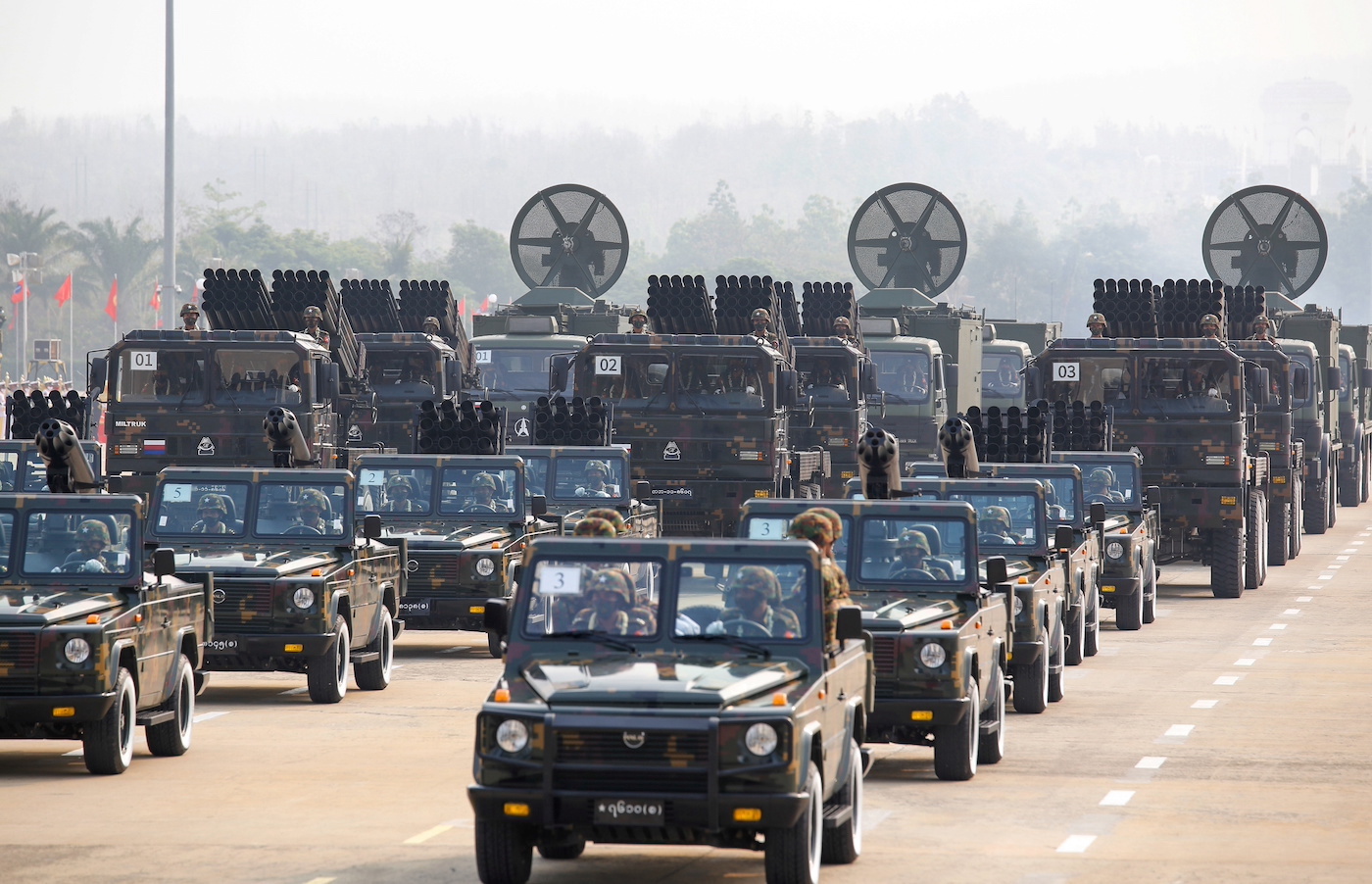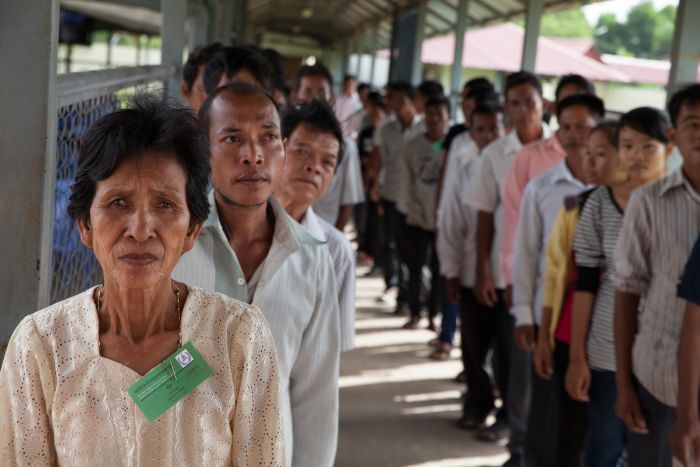< Country Case Studies
Burma
After decades of persecution, Burma’s Rohingya minority suffered attacks at the hands of the Burmese military in August 2017 that included mass killing, rape, torture, arson, arbitrary arrest and detention, and forced displacement of more than 700,000 people. These attacks, which are part of a broader campaign of genocide, are documented in our bearing witness reports. These reports also detail the ongoing threats to the Rohingya and other ethnic groups in Burma.
-
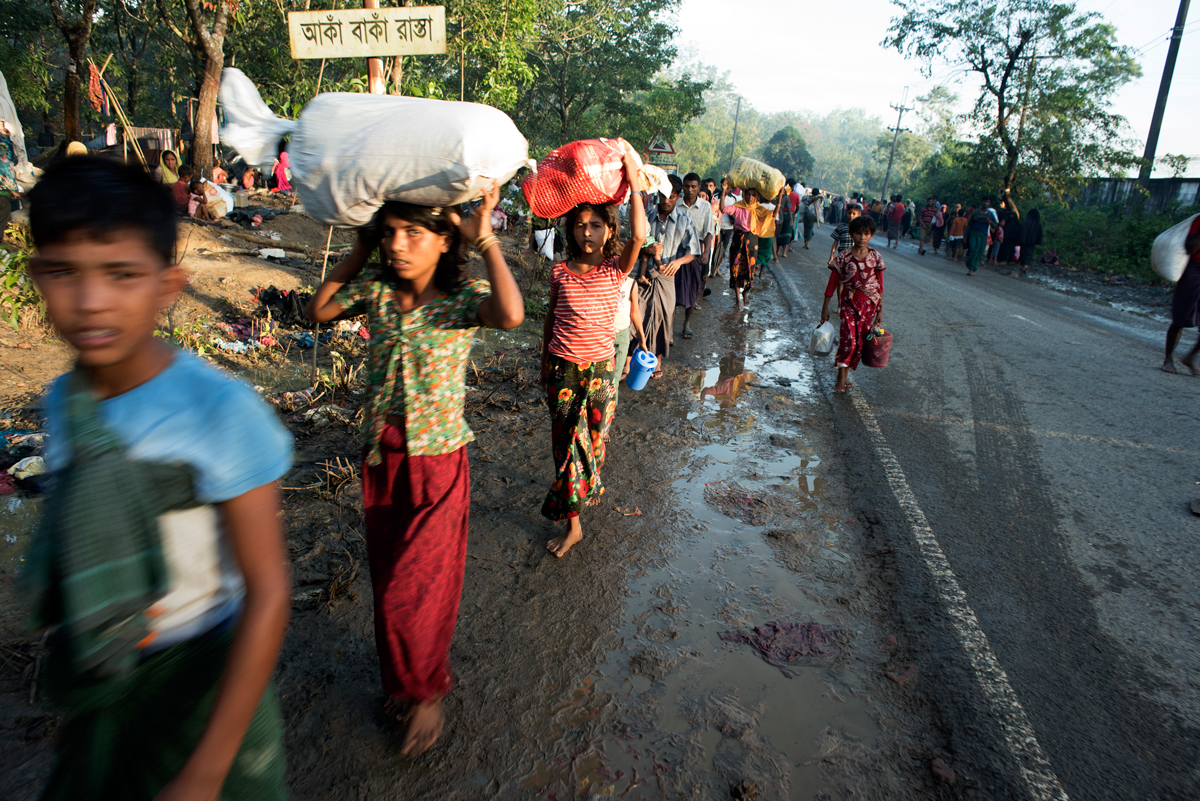
The Plight of the Rohingya
A Muslim minority group, the Rohingya have faced persecution and waves of mass killing at the hands of Burmese military and other authorities.
-
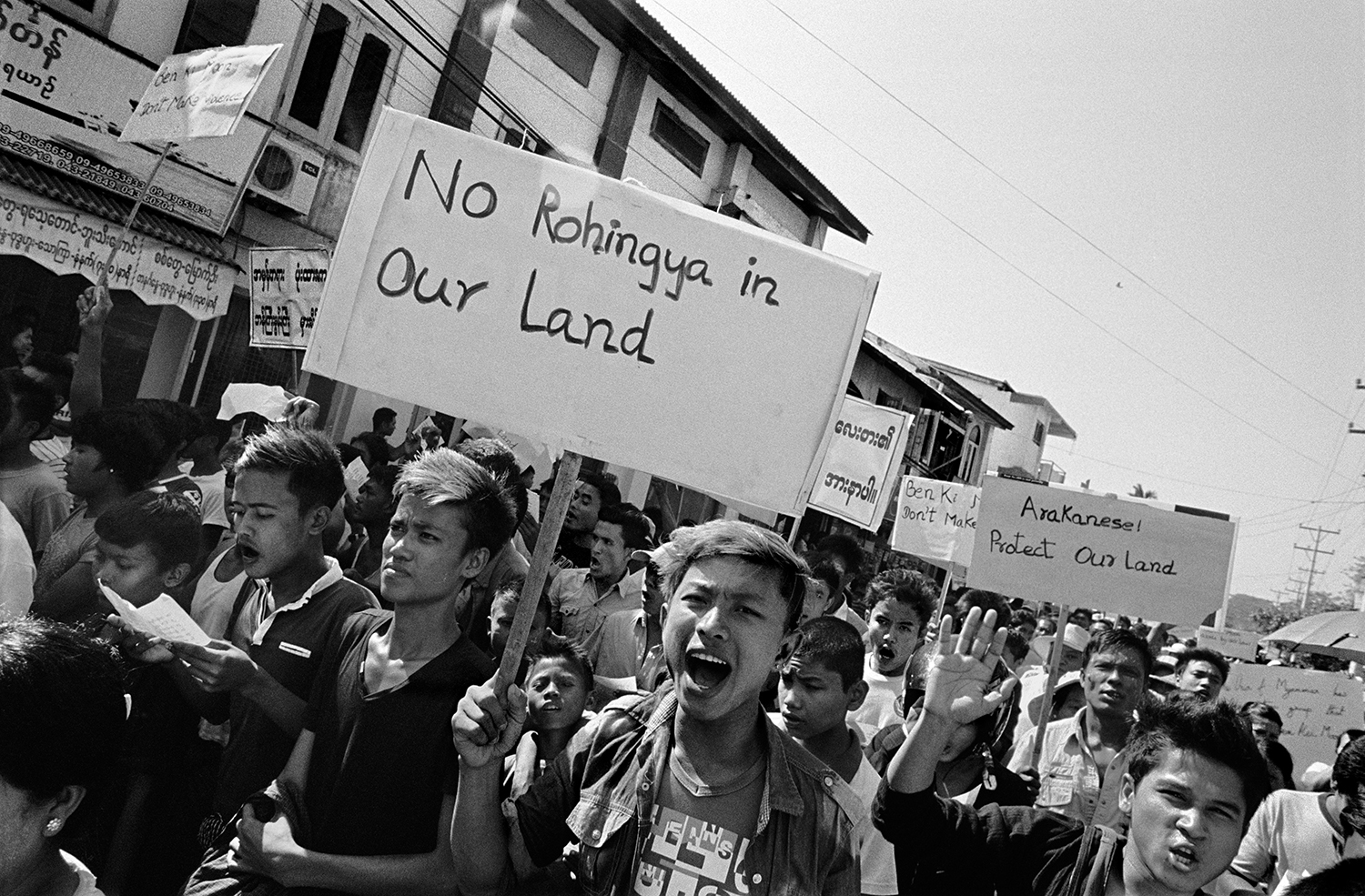
Burma’s Path to Genocide
This exhibition explores how the Rohingya, a religious and ethnic minority in Burma, became targets of a sustained campaign of genocide.
-

Museum Finds Compelling Evidence Genocide Committed Against Rohingya
This December 2018 statement details crimes committed against the Rohingya.
-
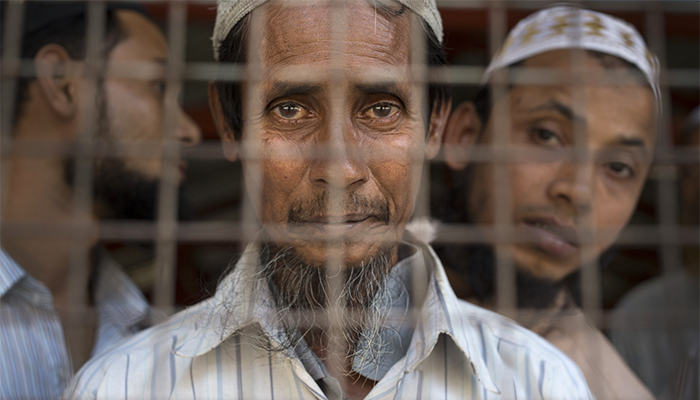
Burma Bearing Witness Trips
In May 2015, and again in November 2017 in partnership with Fortify Rights, the Museum issued reports detailing the threats and atrocity crimes against the Rohingya people.
-
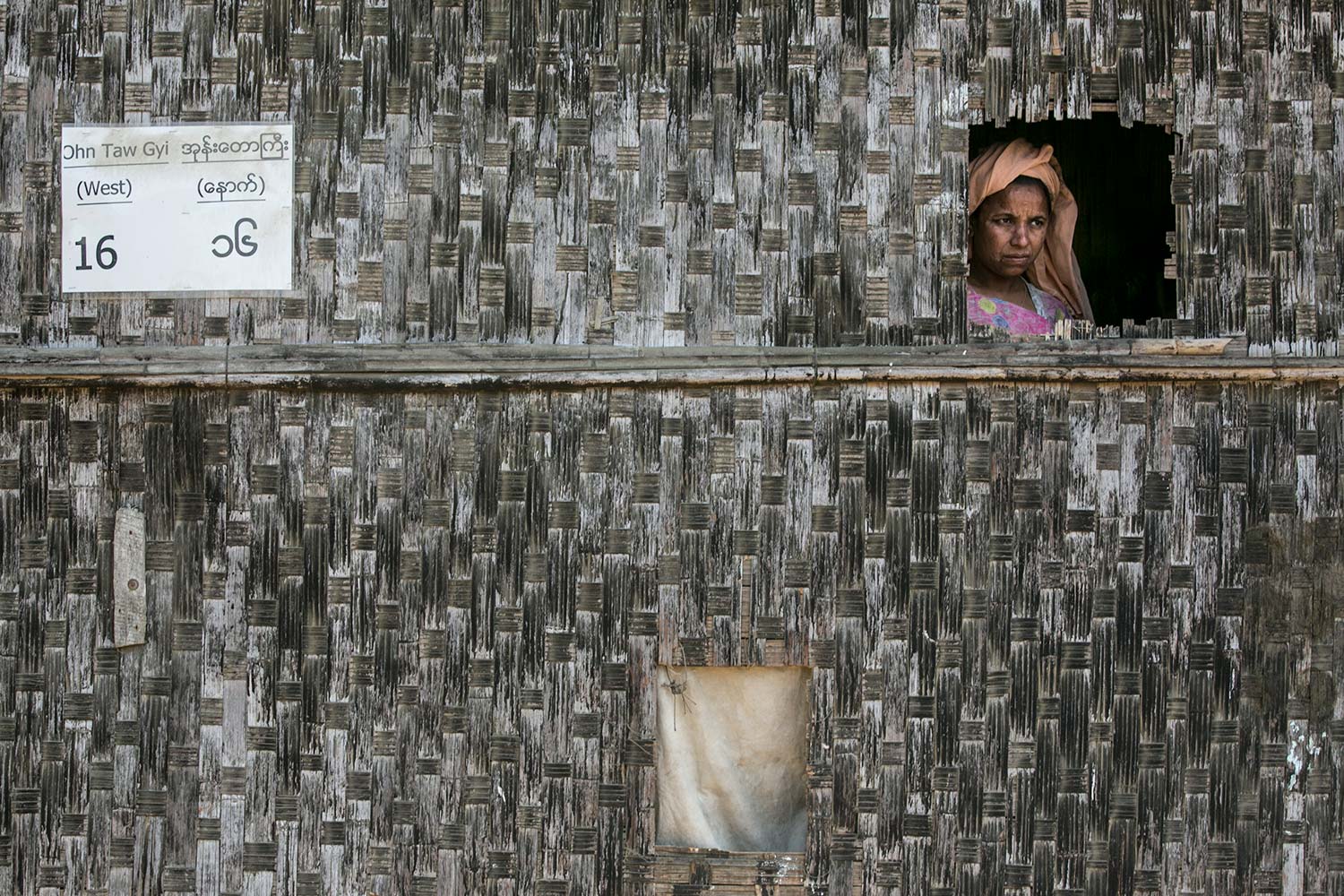
Risk of Mass Killing
Our assessment, from the Early Warning Project, estimates the risk of mass killing in Burma over the next year.
-
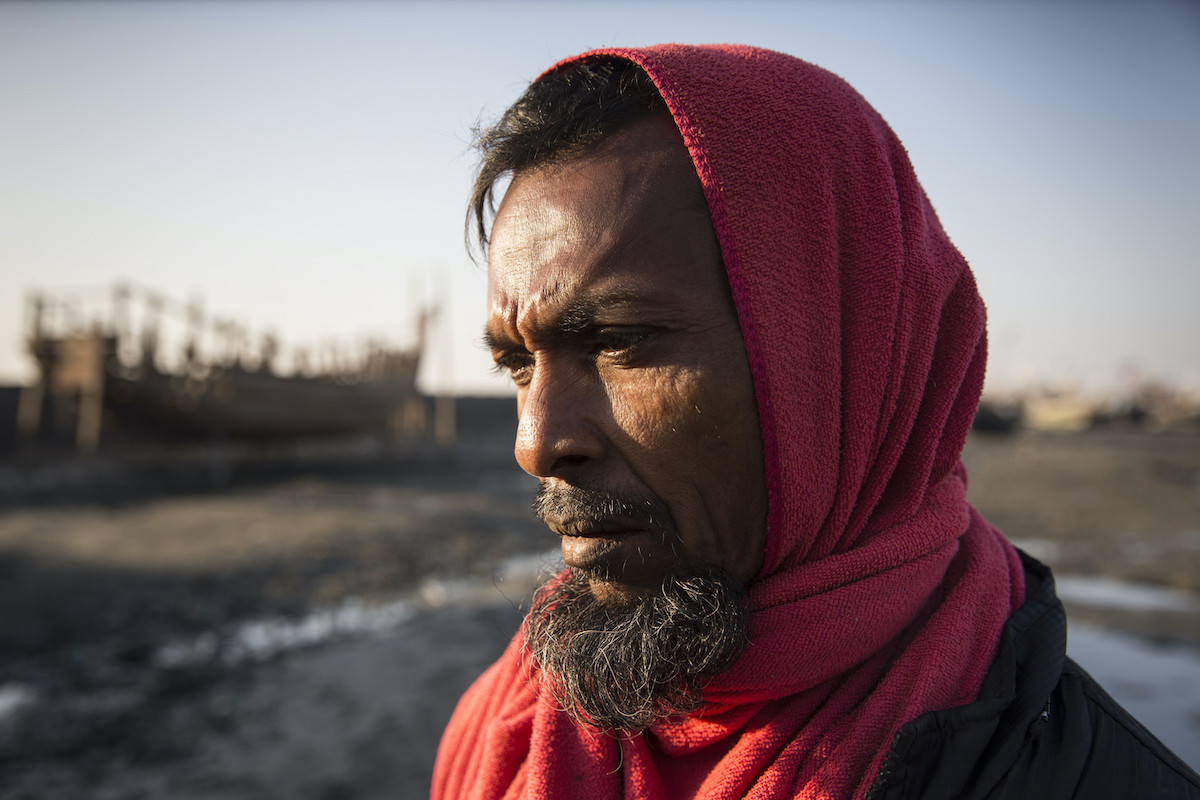
Genocide Prevention Obligations
The government of Burma is required to report to the International Court of Justice on the measures it is taking to prevent genocide. This report series outlines how the obligation to prevent applies to Burma.
-
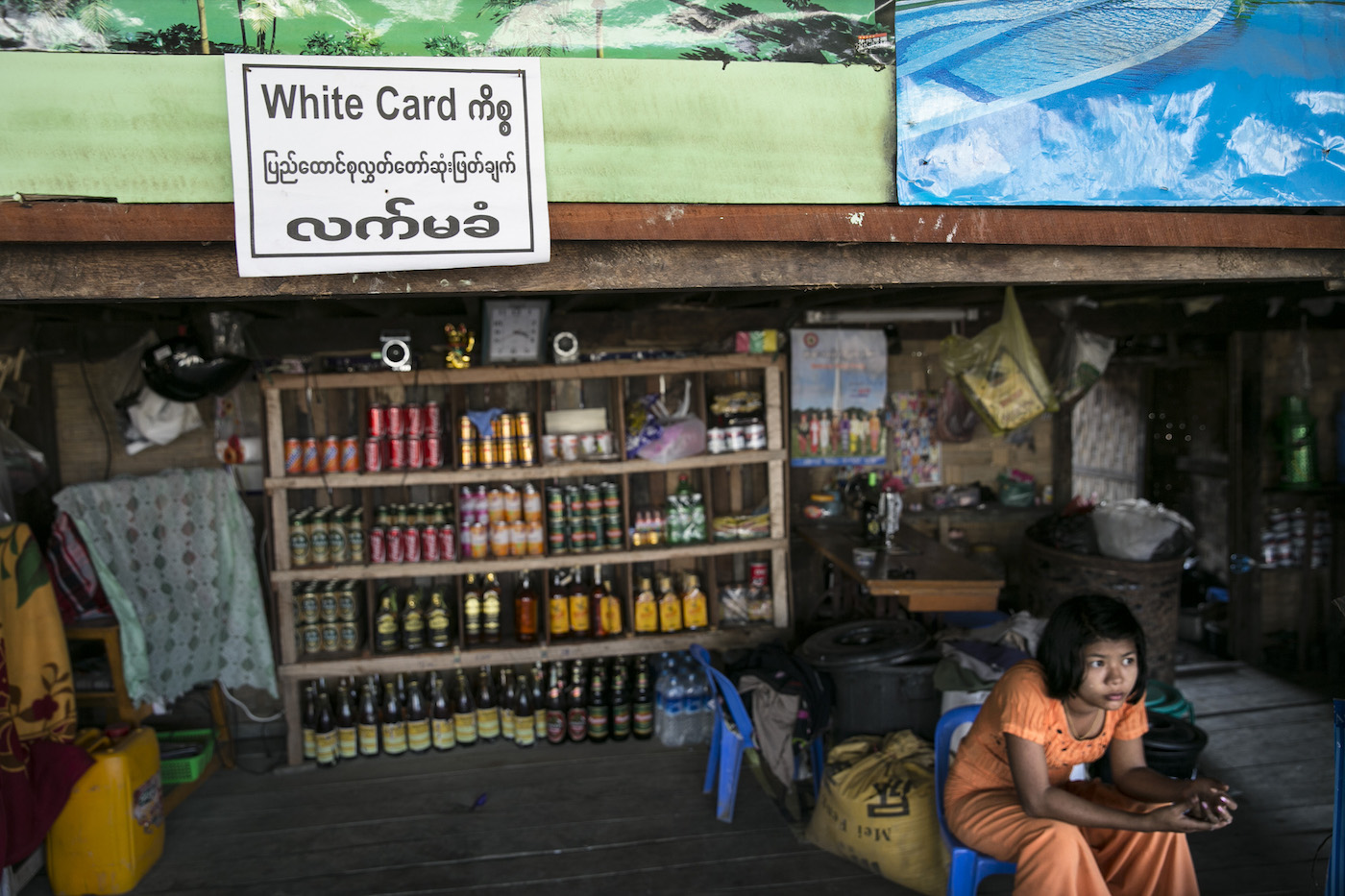
Elections in Burma
This policy brief examines Burma’s November 2020 elections. How the world responds to these elections could affect the risks of future atrocities in the country.
PDF Download -
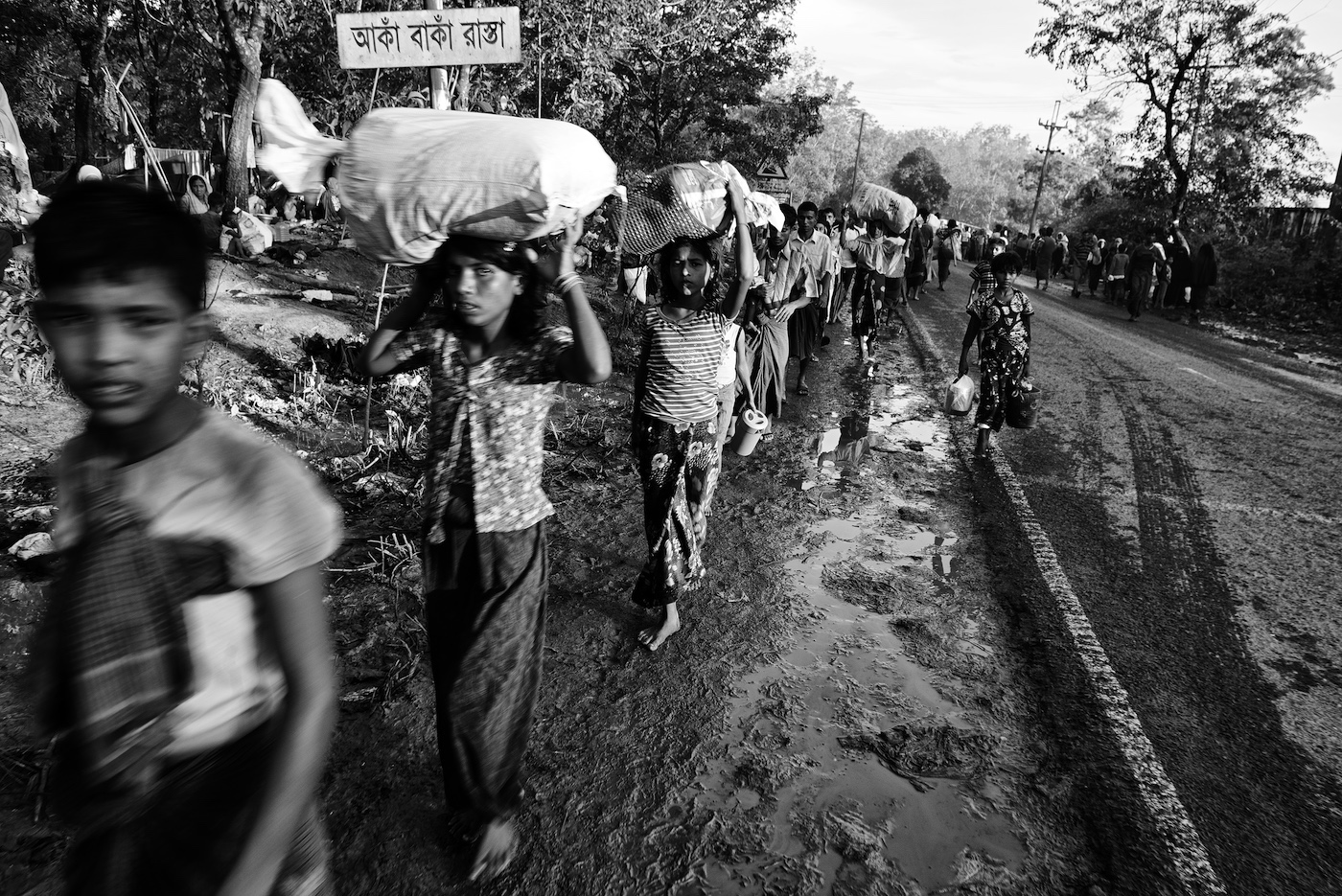
Burma Fact Sheet
This downloadable flyer provides background information on the genocide of the Rohingya in Burma and what you can do to help.
PDF Download -
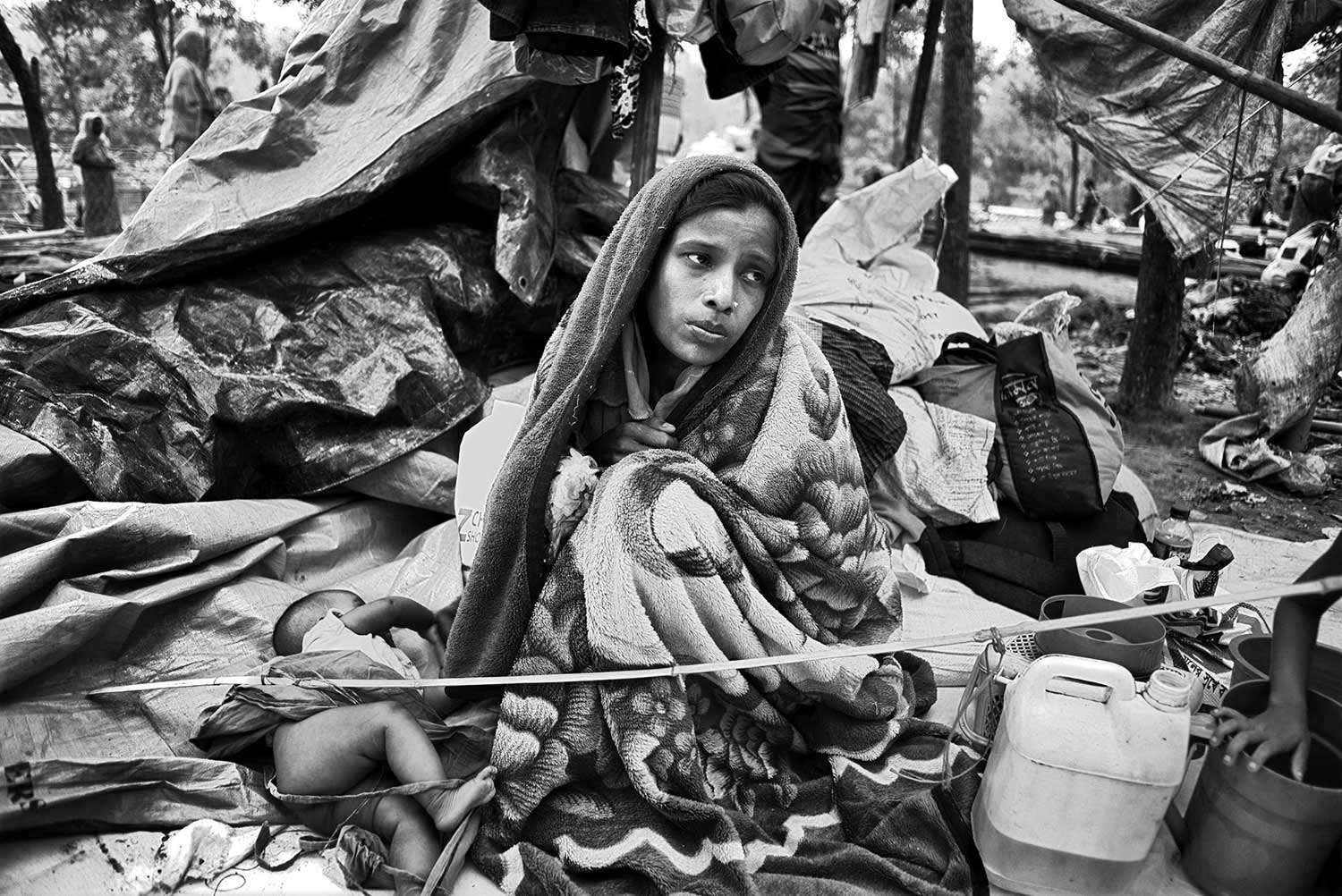
Teacher Resources
A lesson plan and teaching materials for educators teaching about our online exhibition, Burma’s Path to Genocide.
-
Risk of Mass Atrocities Against Rohingya Post-Coup
This policy brief outlines the risks of mass atrocities against the Rohingya in the wake of Burma's February 2021 military coup, and provides recommendations to the Burmese military, the National Unity Government, civil society, and international actors to prevent atrocities and protect civilians.
PDF Download -
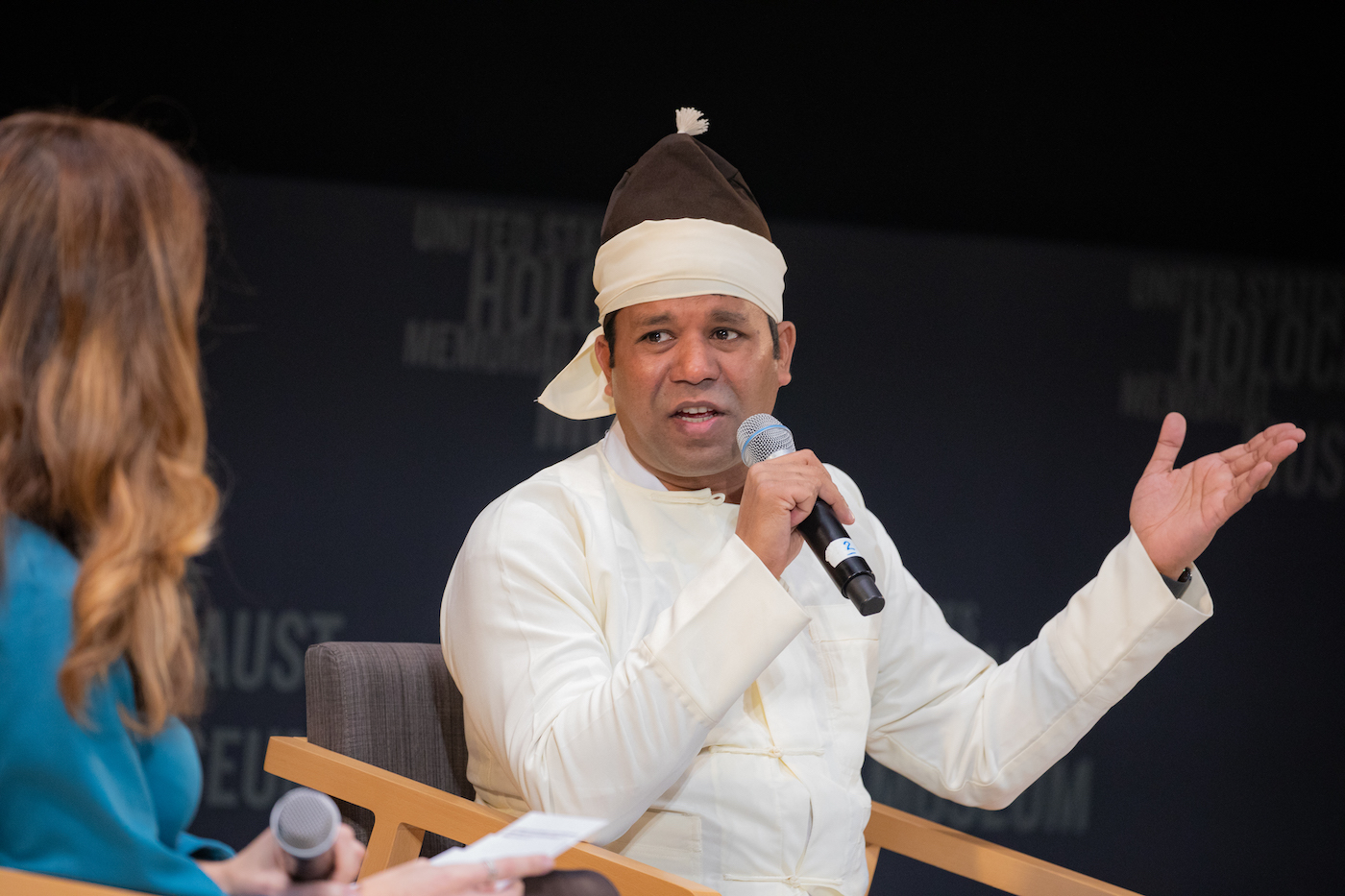
A Conversation with Experts
Hear from Rohingya and other experts about the Museum's new exhibition on the Rohingya genocide, the ongoing risks the Rohingya people face, and the urgent need to protect them and other religious and ethnic minority groups in Burma from future mass atrocities.
Watch Now

